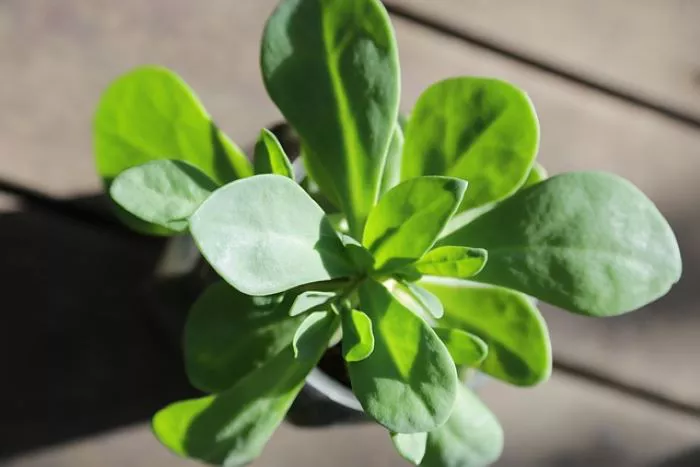Planting succulents in a rock wall is a creative way to enhance outdoor spaces while utilizing vertical gardening techniques. This method not only maximizes space but also creates a stunning visual display. Succulents are ideal for rock walls due to their low maintenance needs and drought tolerance. This article will guide you through the process of planting succulents in a rock wall, covering materials, techniques, and care.
Understanding the Benefits of a Rock Wall
Rock walls serve multiple purposes in landscaping. They can create a natural barrier, define spaces, and add texture to gardens. When combined with succulents, rock walls become living art pieces. Succulents thrive in well-drained environments, making rock walls an excellent choice. The stones provide stability and drainage, which are essential for succulent health.
Gathering Your Materials
Before starting your project, gather all necessary materials. Here is a list of what you will need
A selection of succulents
Rocks or stones of various sizes
Potting soil designed for succulents and cacti
Landscape fabric or mesh (optional)
A trowel or small hand shovel
Watering can or spray bottle
Gloves (optional)
Choosing the Right Succulents
Selecting the right succulents is crucial for the success of your rock wall garden. Consider the following popular options
Echeveria: These rosette-shaped plants come in various colors and sizes.
Sedum: Known for their hardiness, sedums are excellent for filling gaps.
Aloe Vera: This succulent adds height and unique texture.
Sempervivum: Also known as hens and chicks, they are hardy and produce offsets.
Choose succulents that are suited to your climate and the specific conditions of the rock wall, such as sunlight exposure and moisture levels.
Preparing the Rock Wall
Proper preparation of the rock wall is essential for successful planting.
Select the Location: Choose a location that receives adequate sunlight. Most succulents prefer at least six hours of sunlight per day.
Clean the Area: Clear the area of debris, weeds, and any old plants. This will help prevent pests and diseases.
Assess Drainage: Ensure that the rock wall has good drainage. If water tends to pool, consider adding drainage holes or using a porous material to allow excess water to escape.
Creating Planting Spaces
Once the rock wall is prepared, create spaces for the succulents.
Identify Planting Areas: Look for natural crevices or gaps in the rock wall where you can insert the plants. If there are no suitable spaces, you may need to create them by removing smaller stones or adjusting larger ones.
Use Landscape Fabric: If desired, you can line the back of the planting areas with landscape fabric or mesh. This will help retain soil while allowing for drainage.
Fill with Soil: Add a small amount of potting soil into each planting area. Use soil specifically designed for succulents to ensure proper drainage and aeration.
Planting the Succulents
Now it is time to plant the succulents in the rock wall.
Prepare the Plants: Remove the succulents from their pots. Gently loosen any tightly bound roots to encourage growth.
Position the Succulents: Place each succulent in its designated area. Ensure that the roots are well-covered with soil and that the plant is secure.
Fill in Around the Plants: After positioning the succulents, fill in any gaps with additional potting soil. Press down lightly to secure the plants in place.
Water the Plants: Once all the succulents are planted, use a watering can or spray bottle to lightly water the soil. Be careful not to overwater, as succulents prefer dry conditions.
Caring for Your Rock Wall Succulents
After planting, proper care is essential for the health of your succulents.
Watering: Allow the soil to dry out completely between waterings. Depending on your climate, this may mean watering every two to three weeks. Use a spray bottle to mist the plants if they appear dry.
Sunlight: Ensure that the succulents receive adequate sunlight. Monitor their growth and adjust their position if necessary.
Fertilization: Fertilizing is not usually necessary for succulents in a rock wall. However, if desired, you can use a diluted liquid fertilizer during the growing season.
Pruning: Remove any dead or damaged leaves to promote healthy growth. This will also keep the rock wall looking tidy.
Troubleshooting Common Issues
Even with proper care, you may encounter some issues with your rock wall succulents. Here are a few common problems and solutions.
Overwatering: If succulents appear wilted or mushy, they may be overwatered. Allow the soil to dry out completely before watering again.
Pest Infestation: Check for pests such as mealybugs or aphids. If you notice any, remove them by hand or use insecticidal soap.
Sunburn: If the leaves of your succulents become brown or crispy, they may be getting too much direct sunlight. Move the wall hanging to a location with filtered light.
Enhancing Your Rock Wall Garden
Consider adding elements to enhance the beauty of your rock wall garden.
Decorative Stones: Use decorative stones or gravel to create a visually appealing base around the succulents.
Lighting: Incorporate solar lights or string lights to highlight the rock wall at night.
Additional Plants: Mix in other drought-tolerant plants or ornamental grasses to create variety and texture.
Conclusion
Planting succulents in a rock wall is a rewarding project that adds beauty and interest to your outdoor space. By following the steps outlined in this article, you can create a stunning vertical garden that showcases the unique characteristics of succulents. Remember to choose the right materials, prepare the wall properly, and provide care for your plants. With attention and creativity, your rock wall garden will thrive and become a focal point in your landscape. Enjoy the process of creating and nurturing your living masterpiece, and let it inspire your love for gardening and design.


